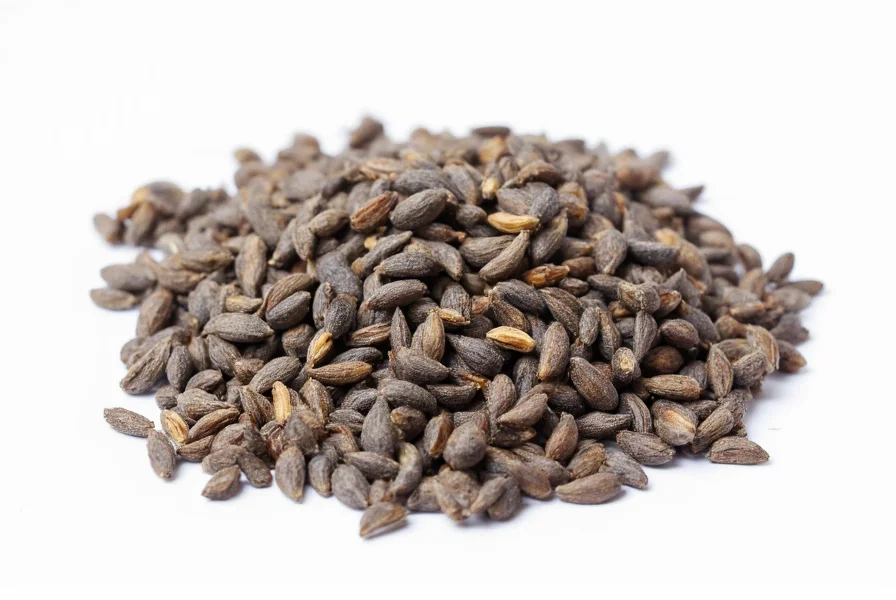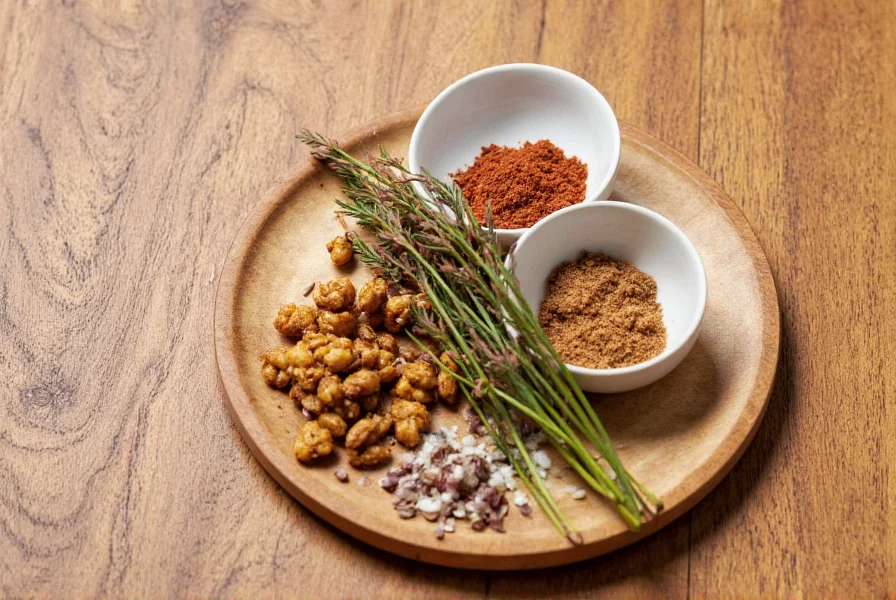Anise, scientifically known as Pimpinella anisum, represents one of the oldest cultivated spices with documented use dating back to ancient Egyptian and Roman civilizations. This versatile herb belongs to the same plant family as carrots, celery, and parsley, yet delivers a remarkably distinct flavor profile that has made it indispensable in global cuisines and traditional medicine systems.
Botanical Characteristics of Anise
Anise grows as an annual herb reaching 1-2 feet in height, featuring delicate feathery leaves and small white flowers arranged in umbrella-shaped clusters called umbels. The plant produces crescent-shaped fruits commonly referred to as "seeds," though technically they're schizocarps that split into two halves when mature. These seeds measure approximately 3-4mm in length and contain 2-6% essential oil, primarily composed of anethole (80-90%), which creates the characteristic sweet, licorice-like flavor.

Anise Flavor Profile and Culinary Applications
The flavor of anise seeds can be described as sweet, warm, and distinctly licorice-like with subtle floral notes. When heated or crushed, the seeds release their aromatic compounds more effectively. Professional chefs typically toast whole anise seeds before grinding to intensify their flavor. In culinary applications, anise features prominently in:
- Mediterranean breads and pastries (Italian pizzelle, Greek melekouni)
- Middle Eastern spice blends (baharat, za'atar variations)
- Mexican mole sauces and adobo preparations
- French anisette and Greek ouzo liqueurs
- German pfeffernüsse and springerle cookies
- Indian digestive after-dinner seeds (saunf)
Anise vs. Star Anise: Understanding the Critical Differences
Many consumers confuse true anise with star anise, though they come from completely different botanical sources. The following comparison clarifies these commonly mistaken spices:
| Characteristic | True Anise (Pimpinella anisum) | Star Anise (Illicium verum) |
|---|---|---|
| Botanical Family | Apiaceae (carrot family) | Schisandraceae |
| Plant Type | Annual herb (2-3 ft tall) | Perennial tree (up to 50 ft) |
| Seed Appearance | Small, grayish-brown crescents | Star-shaped reddish-brown pods |
| Primary Flavor Compound | Anethole (80-90%) | Anethole (90%) |
| Native Region | Mediterranean, Southwest Asia | Southern China, Vietnam |
| Traditional Medicinal Uses | Digestive aid, respiratory support | Similar uses, but contains shikimic acid (Tamiflu precursor) |
Medicinal Properties and Traditional Uses
For centuries, anise has been valued in traditional medicine systems worldwide. Ancient Roman physicians prescribed anise seed tea for digestive complaints, while Ayurvedic practitioners have used it as a carminative to relieve gas and bloating. Modern research supports several traditional applications:
The essential oil demonstrates antispasmodic properties that can soothe gastrointestinal tract muscles. Clinical studies indicate anise may help reduce cough frequency in respiratory conditions. Its phytoestrogen content shows potential for alleviating menopausal symptoms, though more research is needed. When using anise medicinally, proper dosage matters—typically 3-5 grams of seeds daily for digestive support, or 0.5-1.5 mL of essential oil diluted in carrier oil for topical respiratory applications.
Practical Usage and Storage Guidelines
To maximize flavor and shelf life, store whole anise seeds in an airtight container away from light and heat. Properly stored, they maintain potency for 2-3 years, while ground anise loses flavor within 6 months. When substituting in recipes, remember that star anise provides a more intense, slightly sharper flavor than true anise—use approximately 1/3 less star anise when replacing true anise in recipes.
Chef's tip: For optimal flavor extraction in baked goods, lightly toast whole anise seeds in a dry skillet over medium heat for 2-3 minutes until fragrant, then grind just before incorporating into your recipe. In liquid preparations like syrups or liqueurs, add whole seeds early in the cooking process to allow sufficient time for flavor infusion.
Frequently Asked Questions About Anise
What is the scientific name for anise?
The scientific name for true anise is Pimpinella anisum. This distinguishes it from star anise (Illicium verum) and other plants with similar flavor profiles. Pimpinella anisum belongs to the Apiaceae family, which includes carrots, celery, and parsley.
Can I substitute star anise for anise seeds in recipes?
Yes, but with important considerations. Star anise has a stronger, more intense flavor than true anise seeds. When substituting, use approximately one-third the amount of star anise compared to what the recipe calls for in anise seeds. For best results in baking, grind star anise to match the texture of anise seeds called for in your recipe.
What gives anise its distinctive licorice flavor?
Anethole, an organic compound making up 80-90% of anise's essential oil, creates the characteristic sweet, licorice-like flavor. This same compound appears in varying concentrations in fennel, star anise, and tarragon, explaining their similar flavor profiles despite being botanically unrelated plants.
Is anise safe for everyone to consume?
While generally recognized as safe for culinary use, individuals with estrogen-sensitive conditions should consult a healthcare provider before consuming medicinal amounts of anise due to its phytoestrogen content. Those with known allergies to plants in the Apiaceae family (carrots, celery, parsley) may experience cross-reactivity. Essential oil should never be consumed undiluted.
How can I tell if my anise seeds have gone bad?
Fresh anise seeds should have a strong, sweet aroma and vibrant grayish-brown color. Signs of deterioration include faded color, diminished fragrance, or a musty smell. Properly stored in an airtight container away from light and heat, whole anise seeds maintain potency for 2-3 years. Ground anise loses flavor much faster—typically within 6 months.











 浙公网安备
33010002000092号
浙公网安备
33010002000092号 浙B2-20120091-4
浙B2-20120091-4